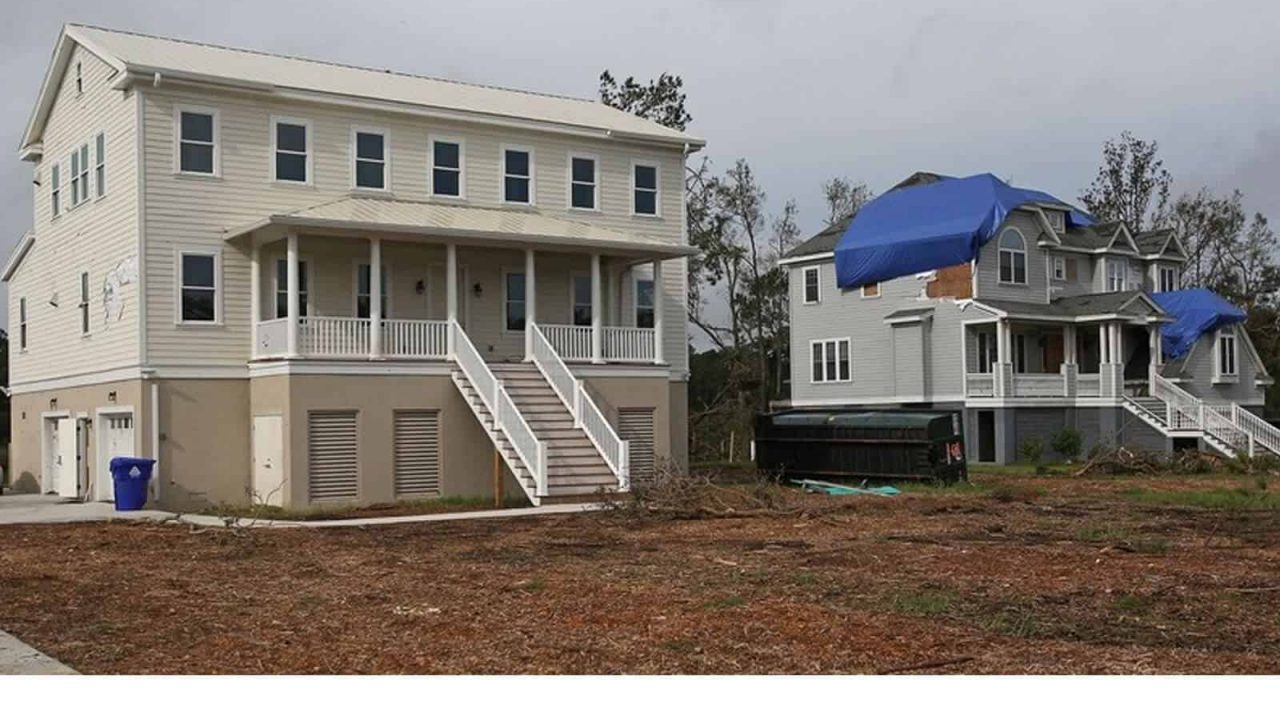The Future in Innovation: The Story of Jerry Gillman

Devastation caused to the built environment by hurricanes (such as Harvey and Irma recently), tornados and severe storms have long inspired manufacturers in the construction industry to improve and develop technology and building materials that can withstand high winds. One such innovation is related to the Structural Insulated Panels (SIP) and sandwich panel technology. Traditionally, these sandwich panels, which can withstand winds of up to 150 mph, have consisted of structural layers of plywood around a core of insulation. Although plywood SIP are still in use, there is an increase in the use of boards where plywood is replaced with sheet metal, cement, magnesium oxide board (MGO) or oriented strand board (OSB).
Jerry Gillman, an auburn building science alumnus, started manufacturing SIP panels in Florida in 2012. After graduating in 1983, Gillman worked for Centex Rooney in Ft. Lauderdale as an estimator. A year later, at James A. Cummings Inc., as project manager for the construction of two concourses at the Ft. Lauderdale Airport, he learned about SIP technology. Noting especially its performance during hurricane Charlie in Florida, in 2003, Gillman became enthusiastic about the technology and later, in 2010, he purchased a company that manufactured cement fiber SIPs. In 2012, he inaugurated Innova Eco Building Systems in Miami.
The company manufactures the Innova Panel, a new generation of environmentally friendly SIPs used for producing high performance buildings that are energy efficient, safe, and easily built. “Innova was the first mass production SIP facility in the U.S., and first to offer magnesium cement board SIP as its main product line,” said Gillman. “Our panels have been tested to withstand both 180 to 200 mph, and 230 mph wind loads without failure.”
Innova’s first big test came when a home built using its SIP technology was in the direct path of a tornado with wind speed of 200 mph that caused severe damage in Charleston County, SC. Most of the homes in the area were severely damaged or leveled all together, but one home stood undamaged. It was manufactured and engineered by Innova Eco Building System for 150 mph winds using the company’s Dade County 180 mph NOAA coastal impact-approved MGO SIP panels. Students and faculty at the University of Florida of the Wind Hazard Damage Assessment Team issued a study of the event and highlighted the one home that withstood the heavy winds.
“Our company provides support for single and multi-family dwellings, for commercial and special use, for the oil and mining industry, and for educational facilities,” said Gillman. “With all building envelope components engineered and built in our facility to exacting specifications, the Innova fast-track construction system can accelerate building schedules while lowering labor hours.”
“As my experience in construction was in high rise and commercial construction projects, I had many ideas for improving SIP technology, manufacturing and construction applications to a wider scope of projects,” he said. GIllman applied for patents to protect the innovations for additives to improve MGO board performance, for splicing stressed skins, an impact-rated SIP panel and other manufacturing methods.
“The state of Florida received an $8 million grant from the federal government to offer training for Advanced Topics in Manufactured Construction,” said Gillman. “One module in the course offered at the University of Florida includes information on structural insulated panels, and even more exciting is that module 3.2.5 is a case study of Innova Eco Building MGO SIP panels. We are excited that the university is offering our technology to students who will graduate with the knowledge to build with our energy efficient building system,” added Gillman.


See more in:
Accolades,
Alumni,
Research